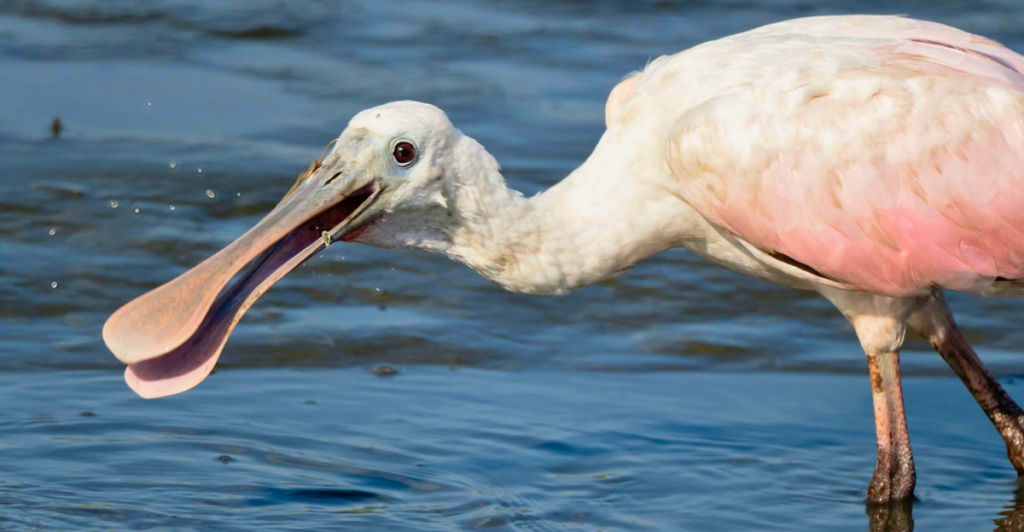
Birds have evolved an incredible variety of beaks, each adapted to their unique diets and habitats. From the sword-billed hummingbird, whose beak is longer than its body, to the shoebill stork’s prehistoric-looking bill capable of snatching baby crocodiles, these adaptations showcase nature’s ingenuity. These are twelve birds with fascinating and unusual beaks.
1. Shoebill Stork
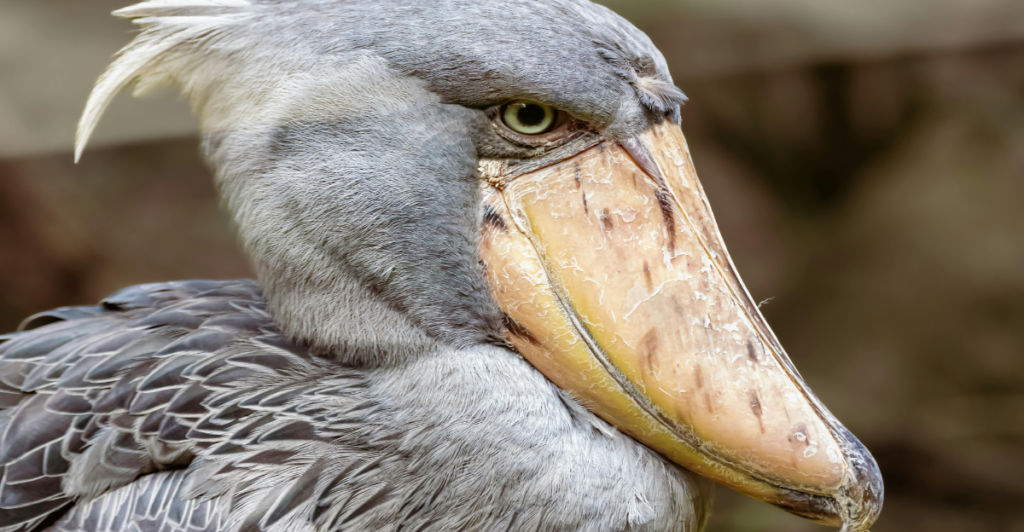
The shoebill stork’s massive, shoe-shaped beak is one of the most distinctive in the bird world. Measuring up to 9.4 inches long, it is perfectly adapted for catching large prey such as fish, frogs, and even baby crocodiles. Its prehistoric appearance adds to its mystique.
2. Sword-Billed Hummingbird
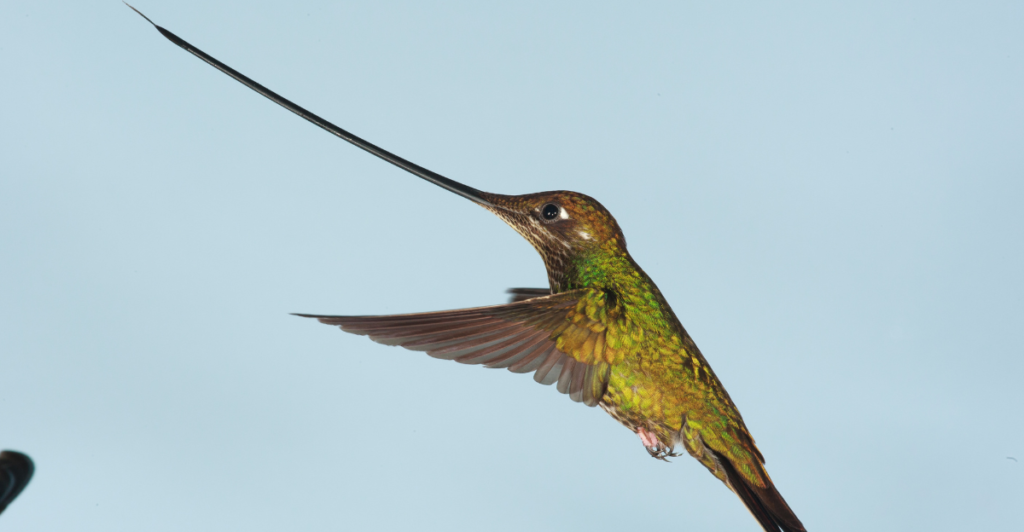
This bird has a beak longer than its body, an adaptation that allows it to access nectar from deep tubular flowers that other birds cannot reach. Its extraordinary beak, measuring up to 4.7 inches, makes it a standout example of coevolution with plants.
3. Hornbill
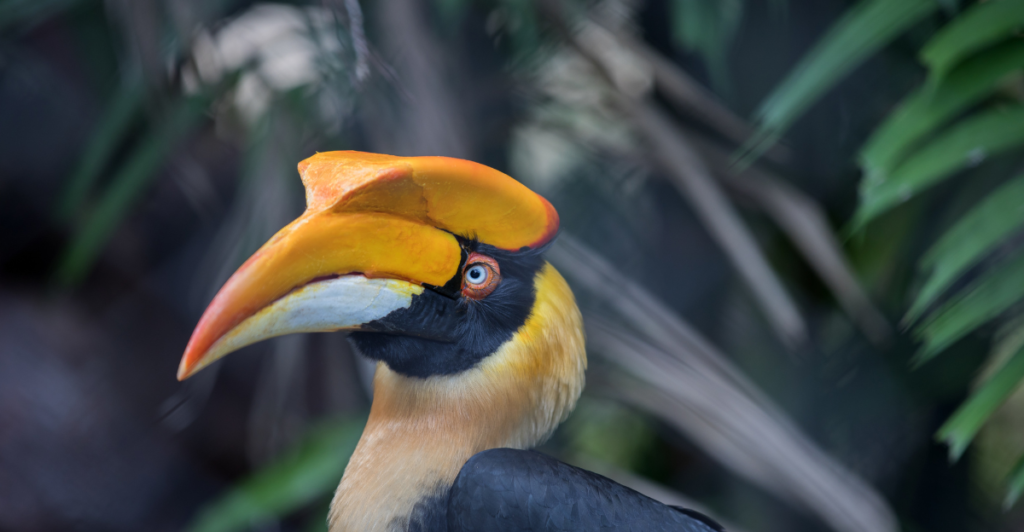
The hornbill’s large, curved beak is topped with a casque, a hollow structure that serves multiple purposes, including amplifying calls and signaling sexual maturity. The rhinoceros hornbill is particularly notable for its impressive casque, which takes years to develop.
4. Toco Toucan
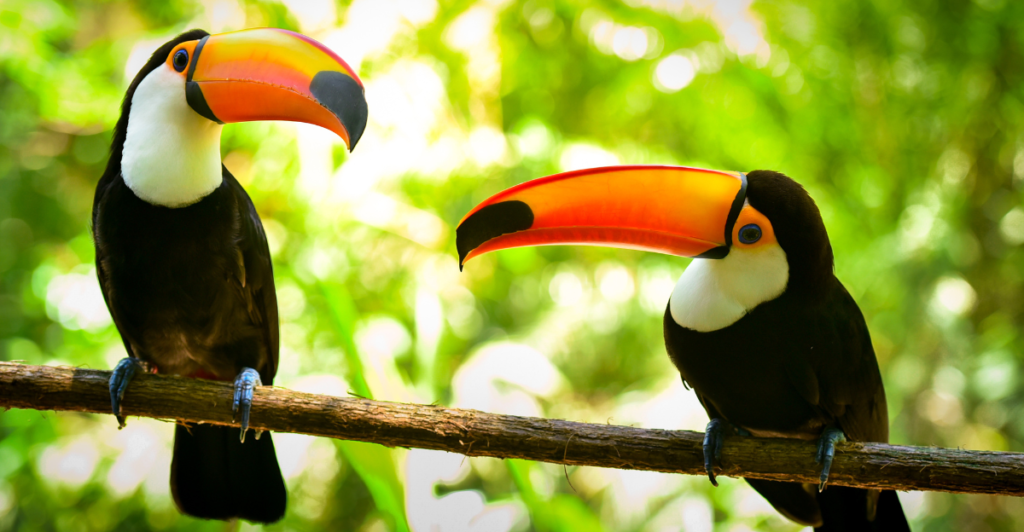
The toco toucan’s oversized, colorful beak accounts for about one-third of its body length. Despite its size, the beak is lightweight due to its honeycomb-like structure. It is used for picking fruit and thermoregulation.
5. Crossbill
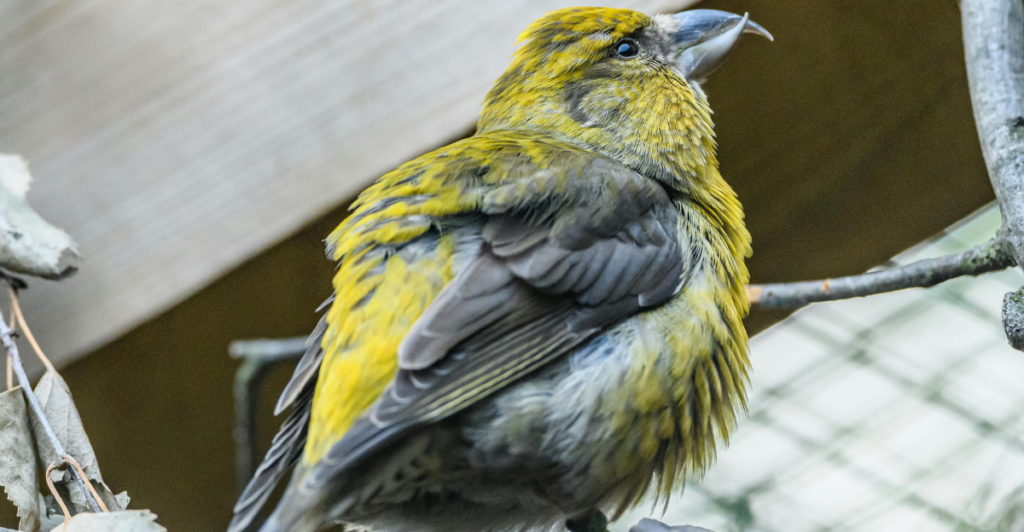
Crossbills have uniquely overlapping beaks that allow them to pry open conifer cones to extract seeds. This specialized adaptation makes them highly efficient at accessing food in their forest habitats.
6. Wrybill

The wrybill is the only bird in the world with a beak that curves consistently to the right. This unique adaptation helps it extract insects and larvae from under riverbed rocks in New Zealand during the breeding season.
7. Australian Pelican
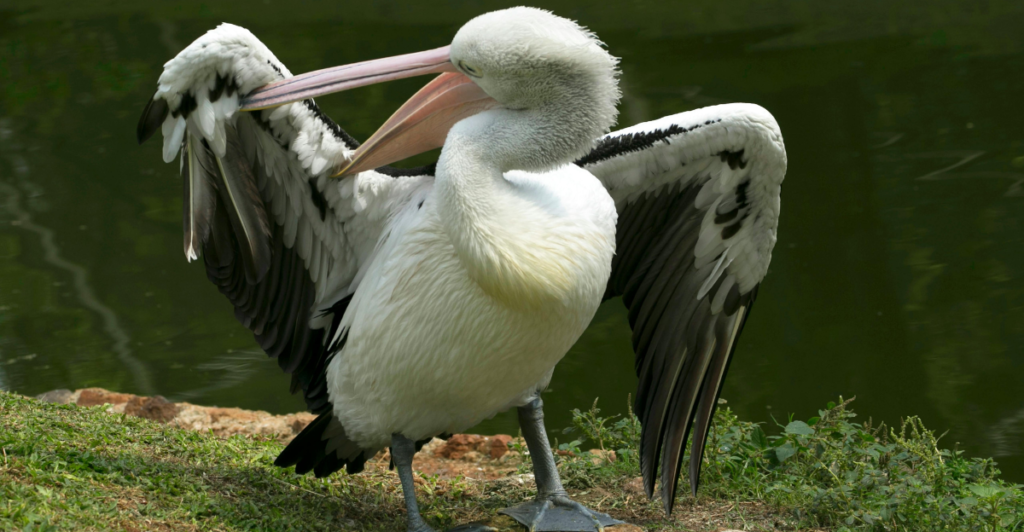
Known for its enormous pouch-like beak, the Australian pelican uses it as a natural fishing net to scoop up fish and water. The pouch can stretch significantly, allowing it to hold large quantities of prey.
8. Black Skimmer
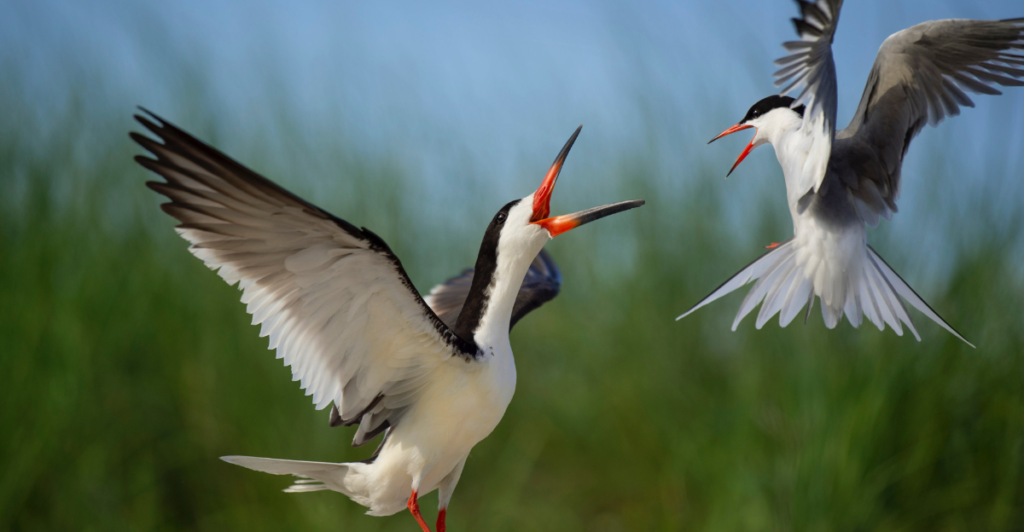
This bird has an unusual lower mandible that is longer than the upper one, enabling it to skim the water’s surface while flying to catch fish. Its specialized feeding technique is rare among birds.
9. Spoonbill
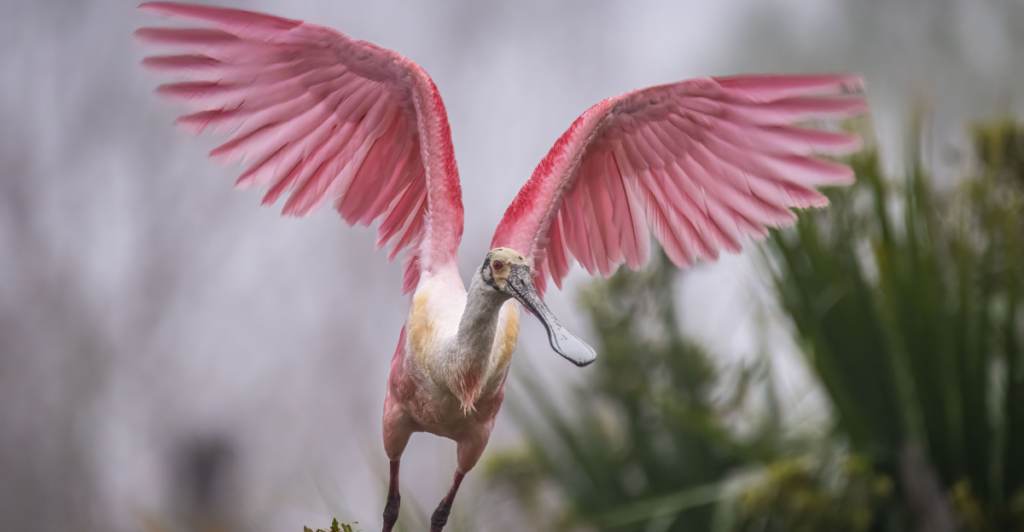
The spoonbill’s flat, wide beak is perfectly adapted for sifting through mud and shallow water to find small aquatic prey such as crustaceans and insects. It uses a sweeping motion to detect food.
10. ʻIʻiwi
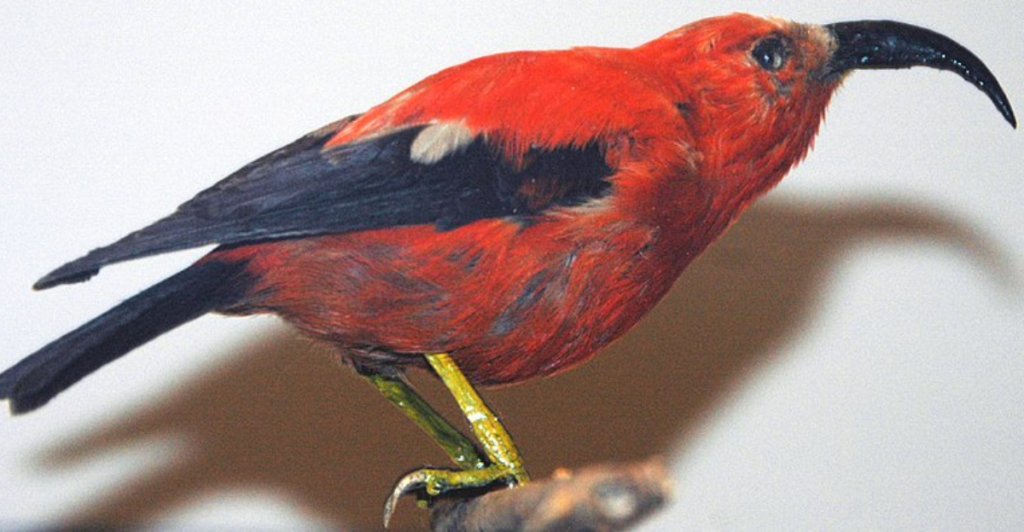
The ʻIʻiwi has a long, curved beak designed for sipping nectar from tubular flowers in Hawaii. This specialized adaptation highlights the bird’s role as a pollinator in its ecosystem. While the ʻIʻiwi was once widespread, habitat loss, invasive species, and avian malaria have significantly reduced its population, making conservation efforts critical for its survival.
11. ʻAkiapolaʻau
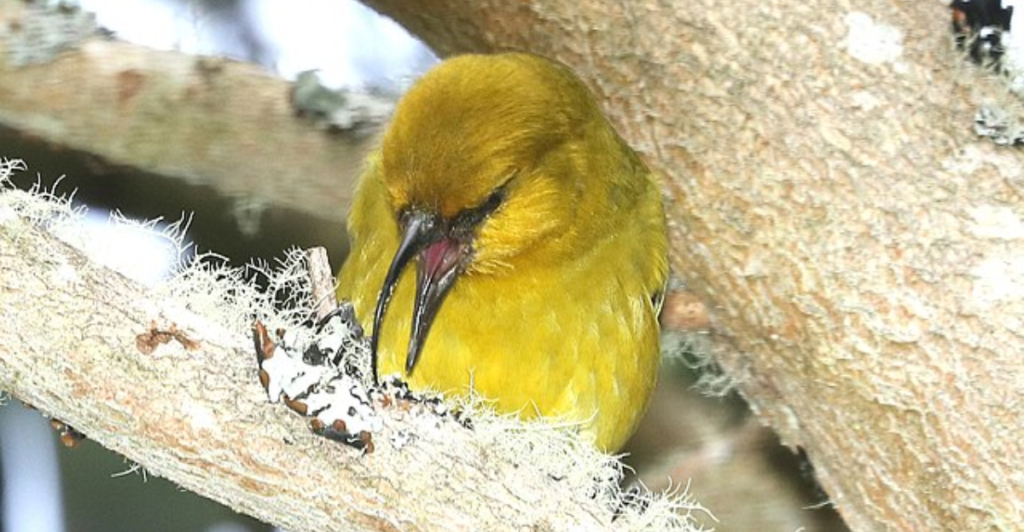
This bird has a dual-purpose beak: a short, straight lower mandible for chiseling into wood and a long, curved upper mandible for extracting insects or sap from trees. It exemplifies evolutionary ingenuity. The ʻAkiapolaʻau is critically endangered due to habitat loss and disease. Conservation efforts are crucial to its survival.
12. Kiwi
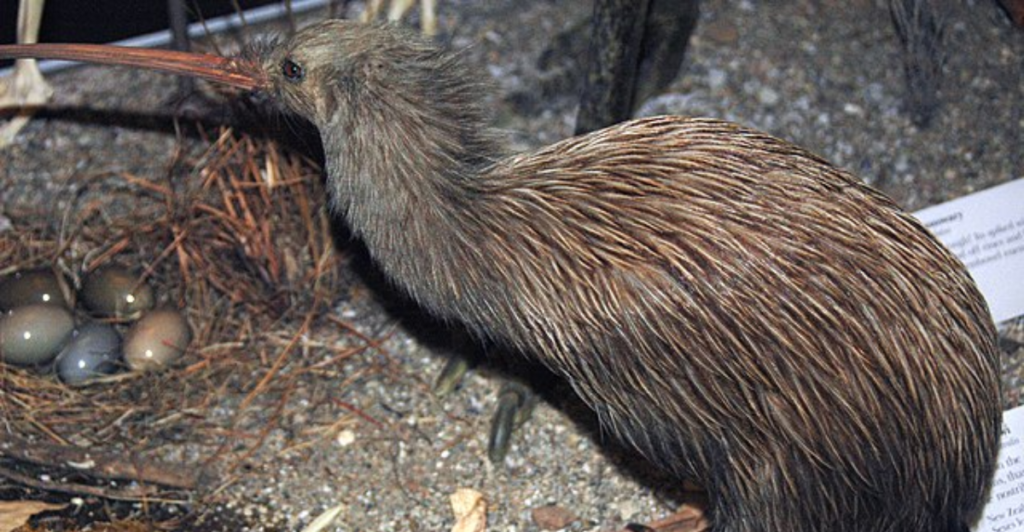
The kiwi’s long, slender beak is equipped with nostrils at the tip—an unusual feature among birds—allowing it to sniff out insects and worms underground. This nocturnal bird relies heavily on its sense of smell rather than sight.
Discover more of our trending stories and follow us to keep them appearing in your feed

The 10 Most Dangerous Cats in the World, Ranked
12 Of The Most Dangerous Birds In The World
California Is Breaking Apart: A Fault Line Is Forming Faster Than Anyone Predicted
The War on Cows Is Over—And Green Extremists Have Lost
This article first appeared here
Stay connected with us for more stories like this! Follow us to get the latest updates or hit the Follow button at the top of this article, and let us know what you think by leaving your feedback below. We’d love to hear from you!







